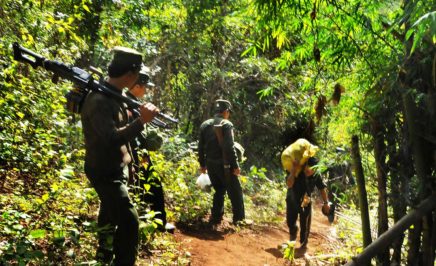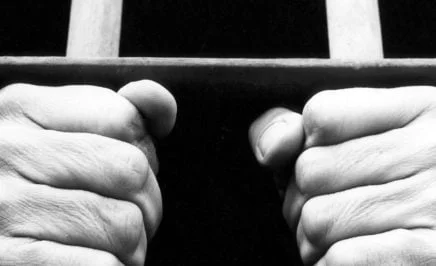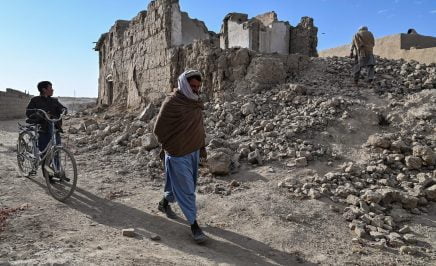This week marks ten years since the United Nations passed its Declaration on the Rights of Indigenous Peoples.
The Declaration recognises Indigenous Peoples have the right of self-determination, to live in freedom, peace and security and to ensure their cultural traditions exist into the future.
Les Malezer, an Australian Aboriginal and Coordinator of the Global Indigenous Peoples Caucus in 2007, addressed the UN General Assembly on behalf of the World’s Indigenous Peoples at the time.
A moment to remember
I can clearly remember 13 September 2007 when the Great Hall at the UN Headquarters in New York erupted in shouts, clapping and high emotions as the final vote count on the Declaration was locked in place.
It was a moment to remember.
Suddenly, the delegations from governments and Indigenous Peoples from around the world came together, as decades of tough negotiations ended.
Personally, I breathed a deep sigh of relief.
It was the last item of business for the 61st session of the General Assembly and, until this vote was finally cast, no one was absolutely certain that the milestone would be reached.
Suddenly, the delegations from governments and Indigenous Peoples from around the world came together, as decades of tough negotiations ended.
Room for improvement
Ten years on from that moment, though, it is clear the Declaration is still to achieve its full potential.
Three years ago, when the General Assembly met for the World Conference on Indigenous Peoples, the delegations of Indigenous Peoples and UN Member States once again came together to consider the Declaration.
This time the resolution was a solemn statement to do more to respect the rights of Indigenous Peoples, with members pledging to commit to specific actions to achieve the ends of the Declaration.
One of the first commitments was to work with Indigenous Peoples through their own representative institutions to ‘obtain their free prior and informed consent’ before adopting any measures that may affect them. Members then pledged to work with Indigenous Peoples to develop and implement national action plans to achieve the rights enshrined in the Declaration.
These sort of commitments continued throughout the resolution with tenacity and without ambiguity. But for me, one of the most important was the commitment to establish ‘fair, independent, impartial, open and transparent processes’ to determine the rights of Indigenous Peoples to lands, territories and resources.
There is much to do but the UN member States’ commitment to good faith must account for something to those who seek to govern in the future.
Equality and discrimination
There are still disputes between states and Indigenous Peoples over ownership of lands and rights to resources. In some ways these disputes are more volatile now, with leaders of Indigenous Peoples facing threats to their lives.
Measures to respect, promote and protect rights already appear in the Declaration. It is a desire for decisive actions to boost the rights withheld from Indigenous Peoples that drives the latest resolution.
Reflection and hope
On 13 September 2017 we get to reflect on the past ten years, with the hope that the Declaration is making an important difference in the political struggle for rights of Indigenous Peoples.
It is indeed a different state of affairs because a decade later we stand with firm understanding of right and wrong, equality and discrimination.
There is much to do but the UN member States’ commitment to good faith must account for something to those who seek to govern in the future.





